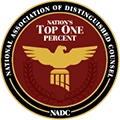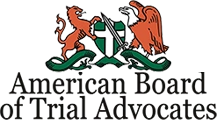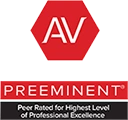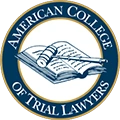Don’t Get Turned Around in A Roundabout
Roundabouts are also called traffic circles. Roundabouts are one-way, circular intersections designed to improve safety and efficiency for…
Roundabouts are also called traffic circles. Roundabouts are one-way, circular intersections designed to improve safety and efficiency for…
Car wrecks happen daily: Vehicular wrecks happen daily, frequently causing serious injuries, death, and property damages. So it’s…
Do you know what to do when you get to a 4-way intersection? Generally, they are marked with…
Every day across the country, nearly 500,000 buses carry more than 25 million students to and from school…
REAR VIEW MIRRORS AND BLIND SPOTS Every vehicle — sedan, SUV, truck, whatever, has one or more blind…
Fields marked with an * are required
"*" indicates required fields
Great attorney, honest, hard working, you won't find better. Simply excellent.
Very personable service with your needs as their focus. You are not just a number. You are important to them as a person.
I had an awesome experience with Law Firm and I would highly recommend them. Thank You Mr. Richard and your team.

National Association of Distinguished Counsel

The American College of Trial Lawyers

Martindale-Hubbell® (AV Preeminent® Rating)

The American College of Trial Lawyers
© 2025 Law Offices of Richard R Kennedy • All Rights Reserved. Disclaimer | Site Map | Privacy Policy. Digital Marketing By: ![]()